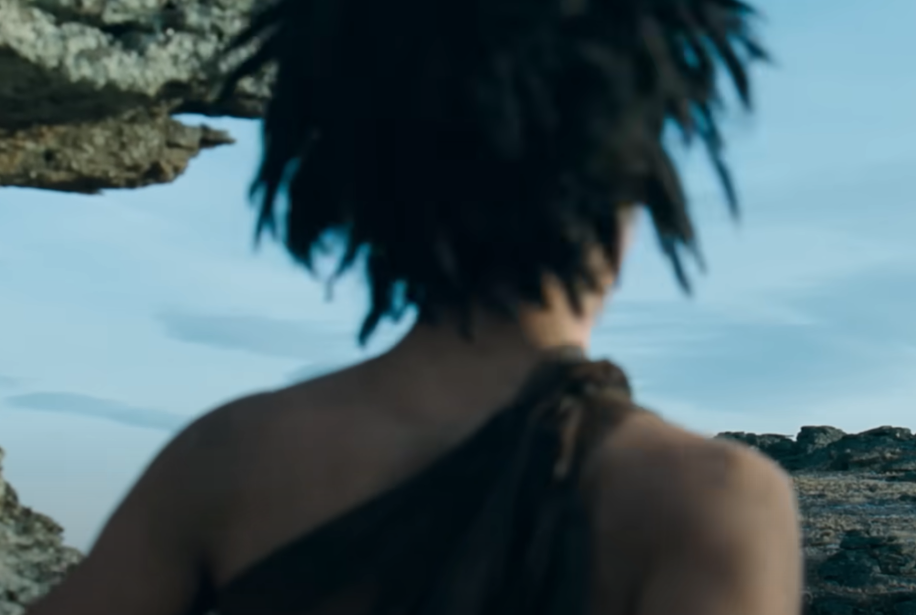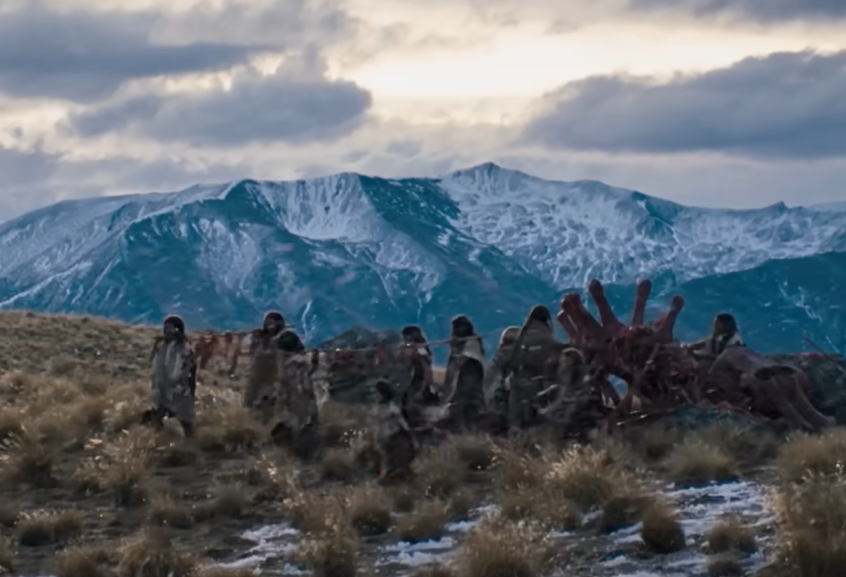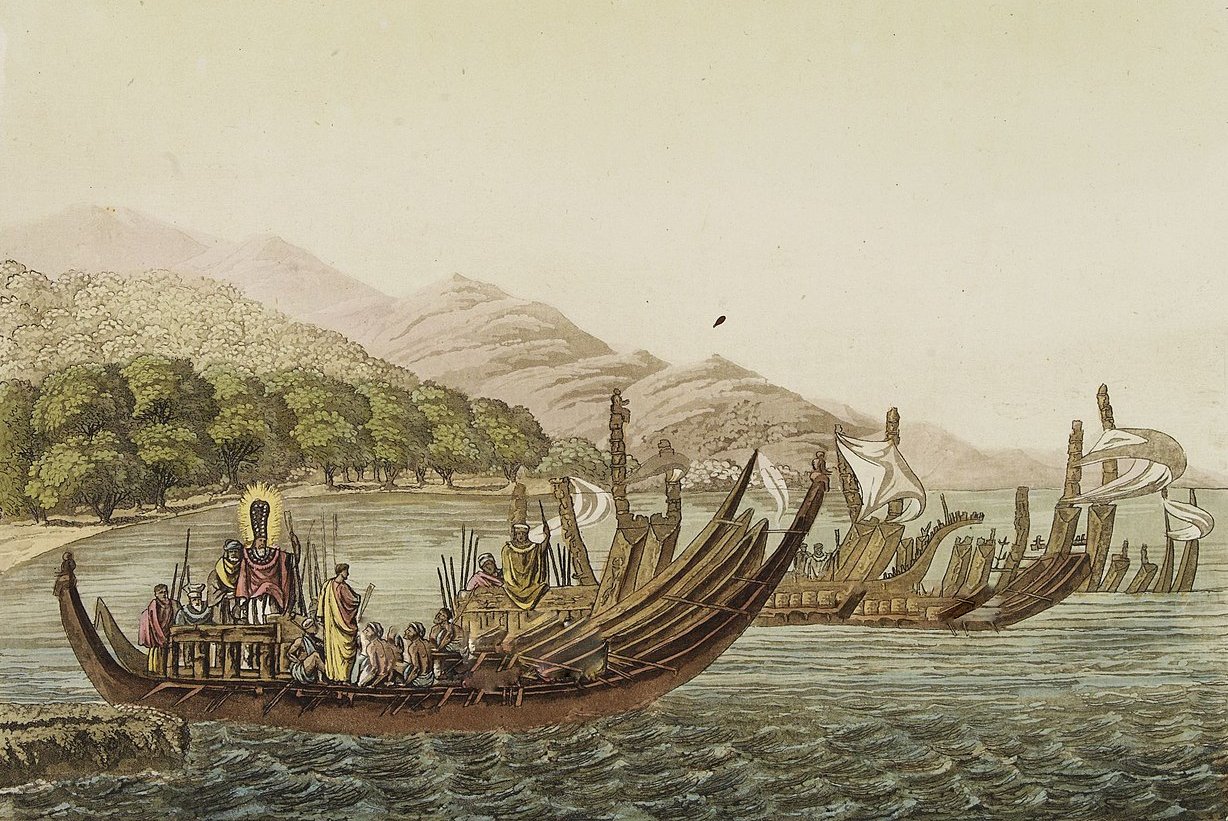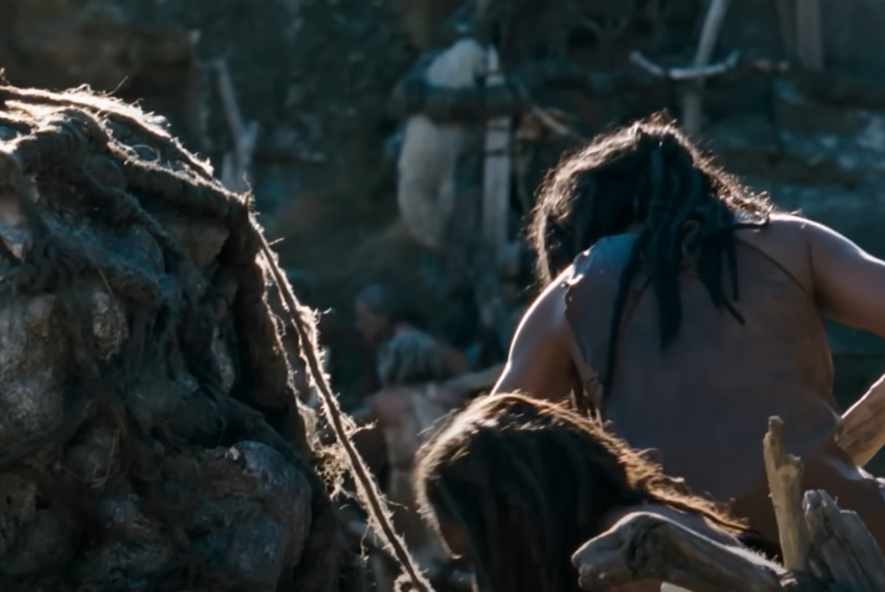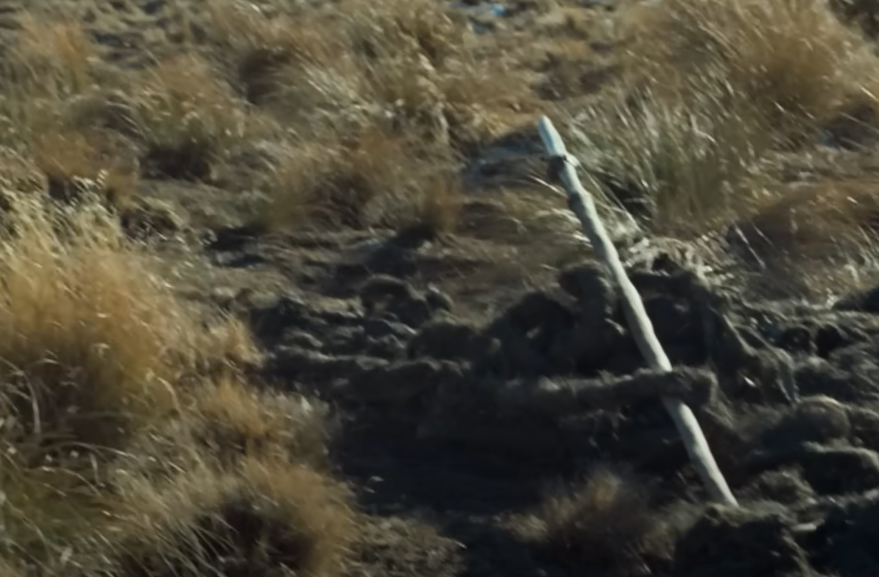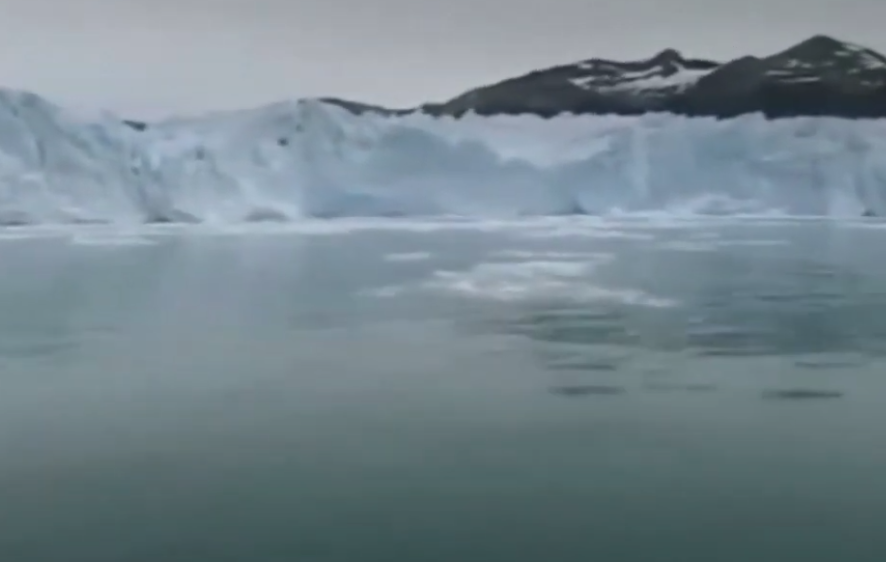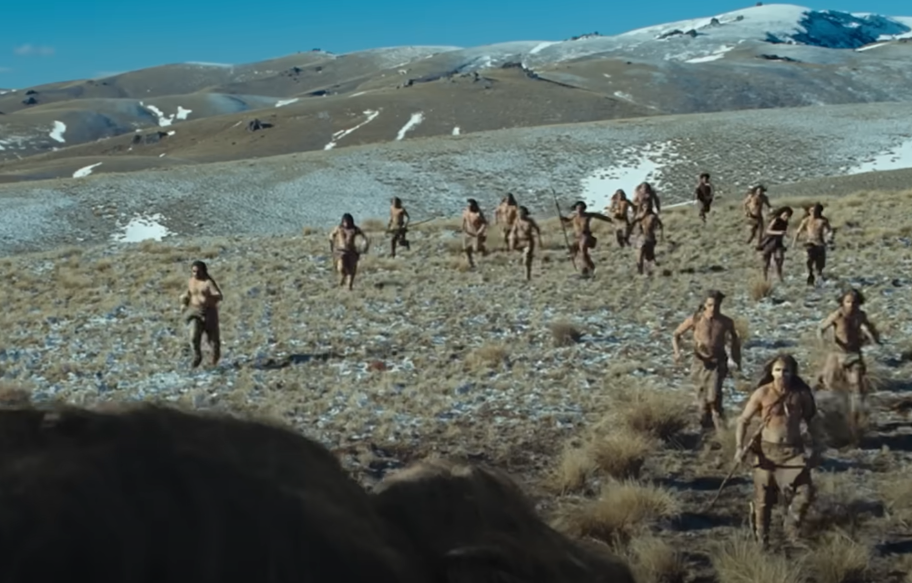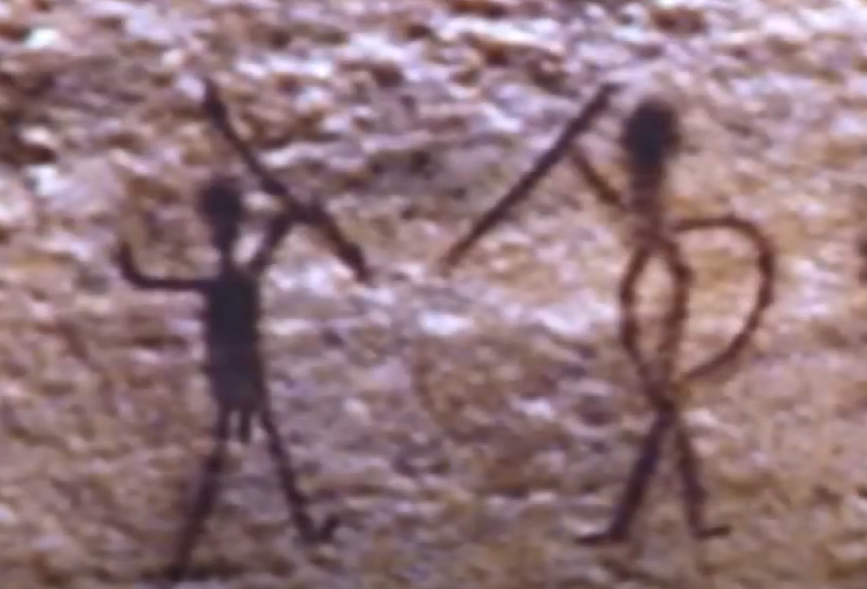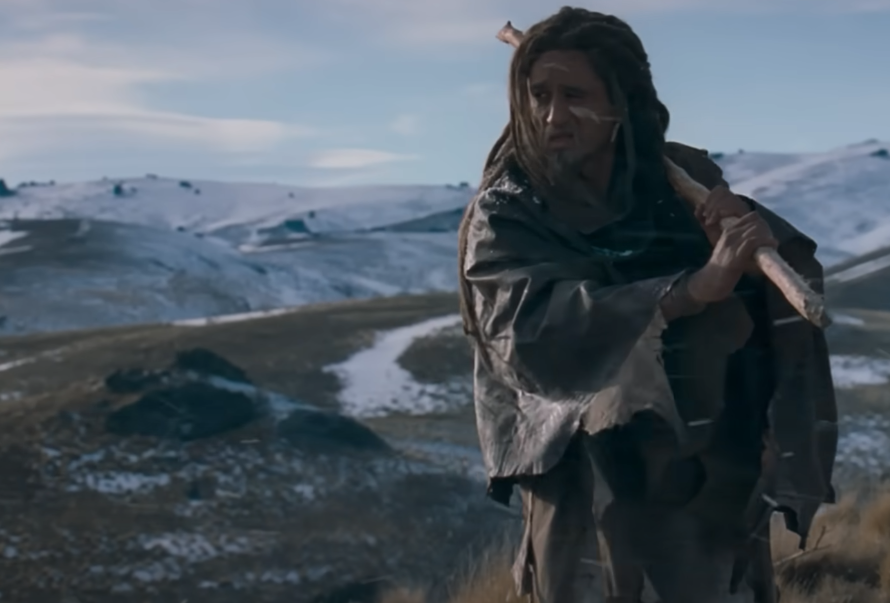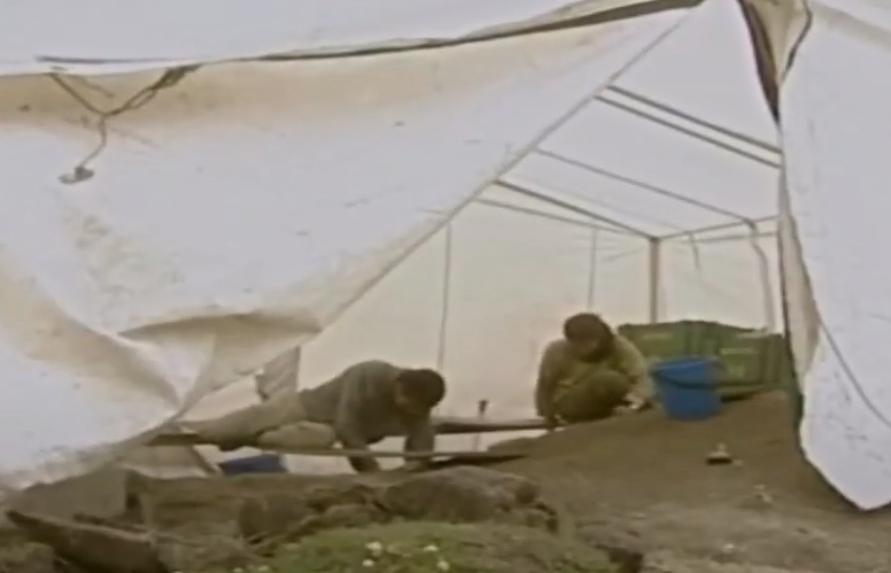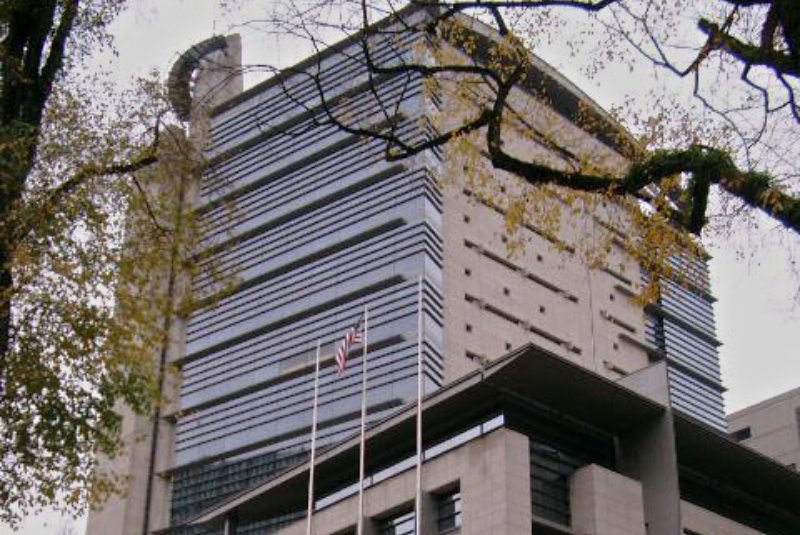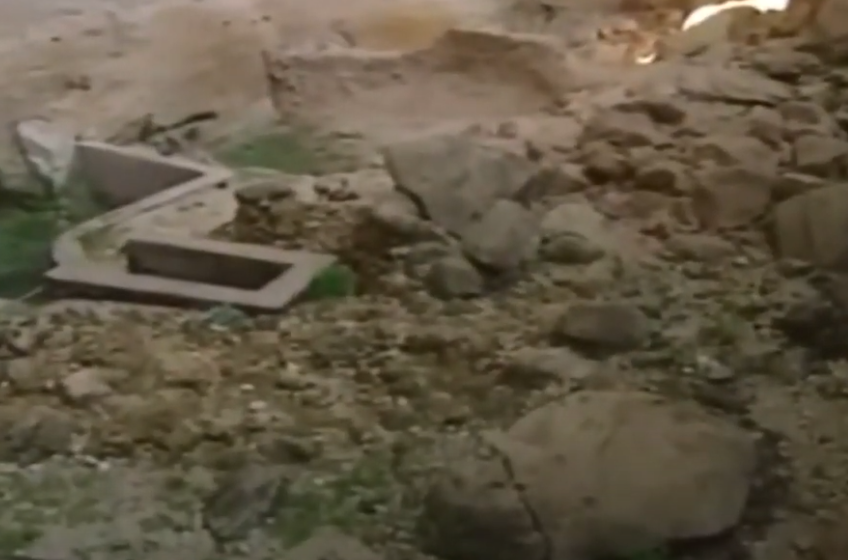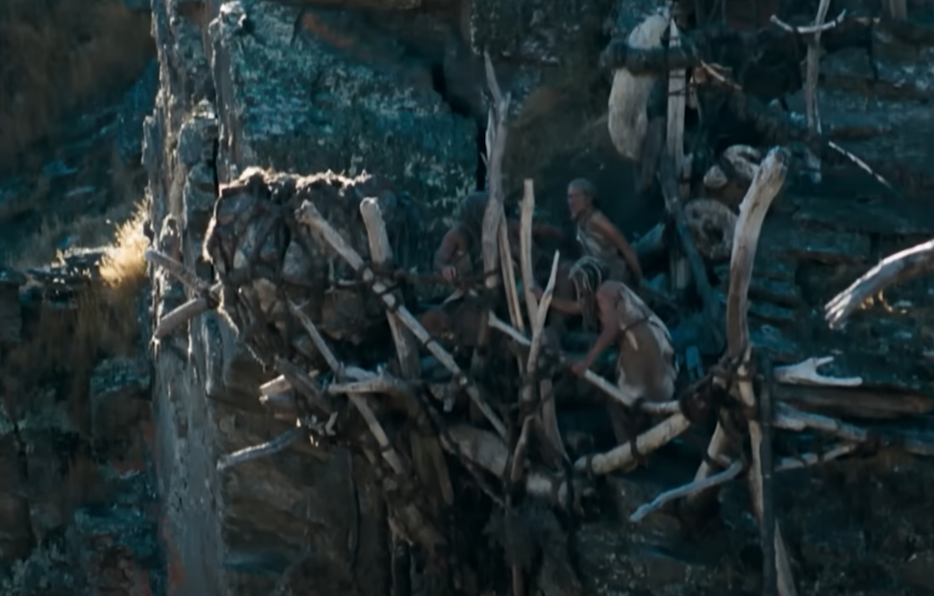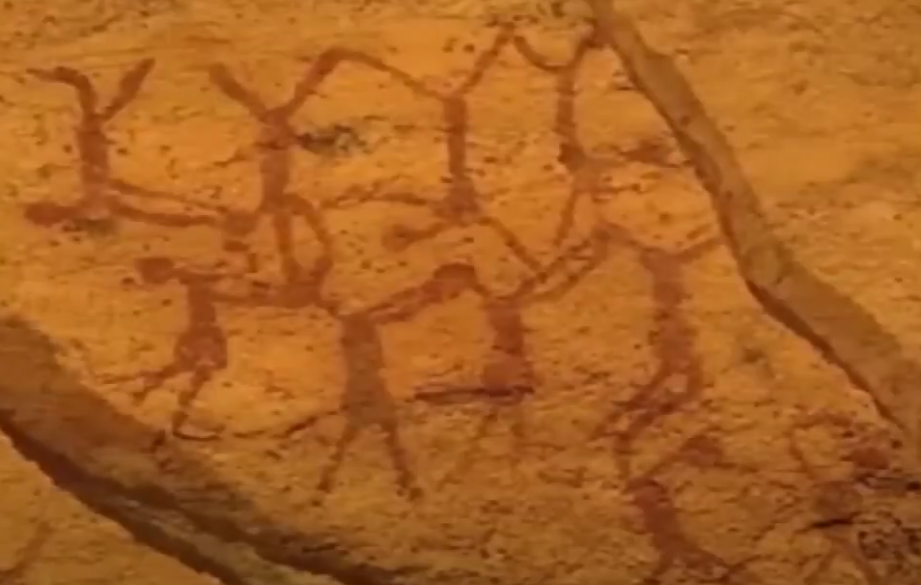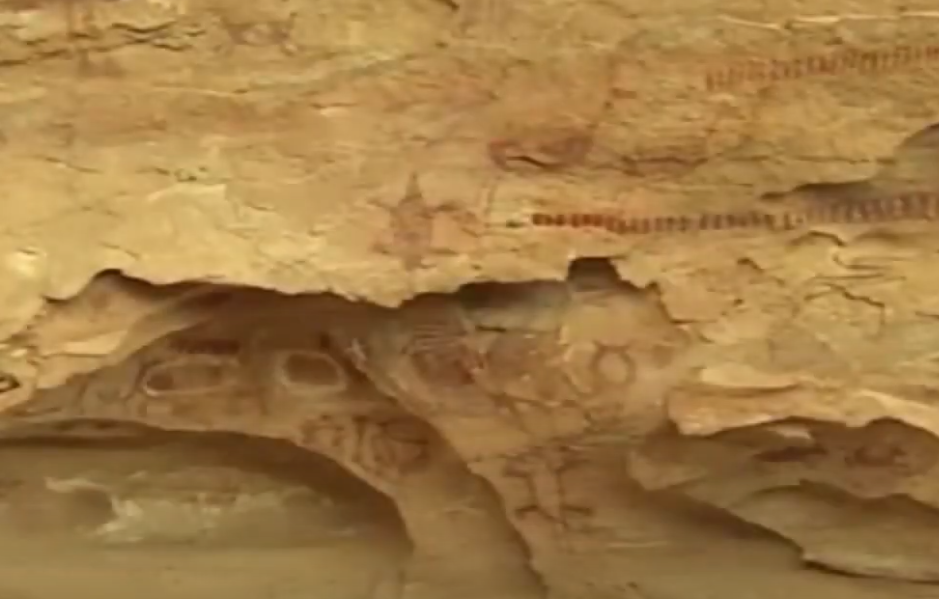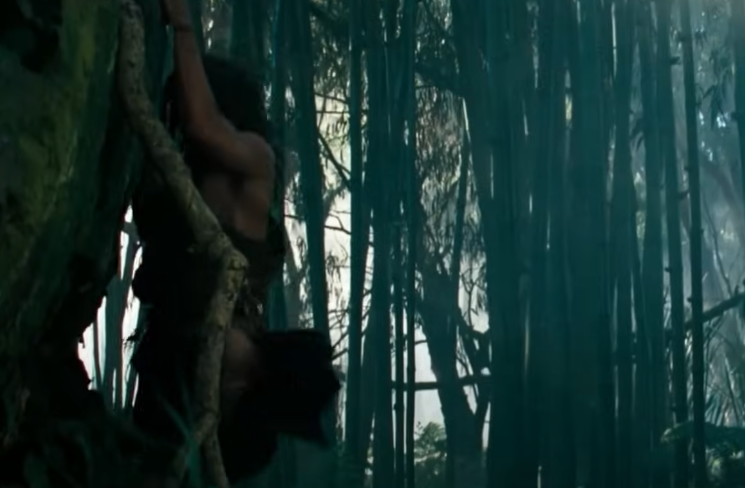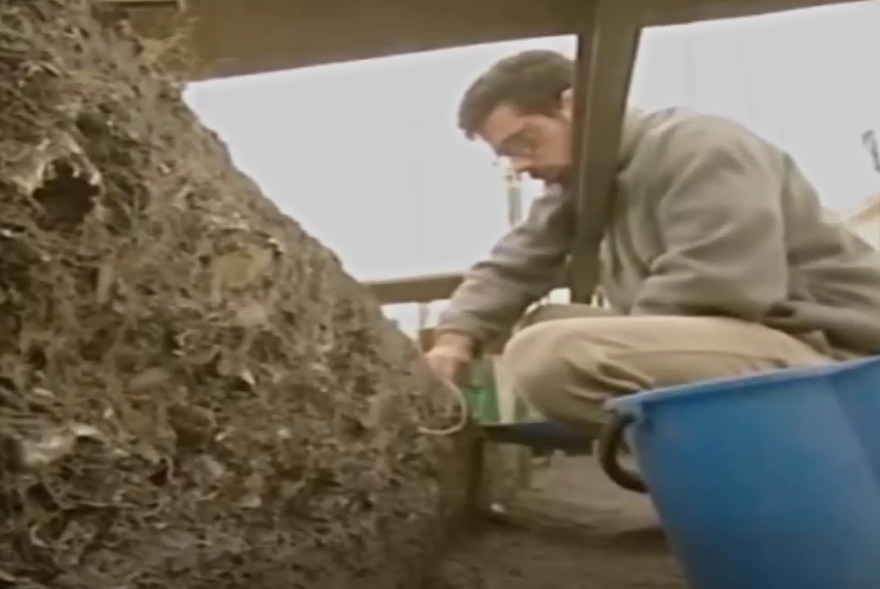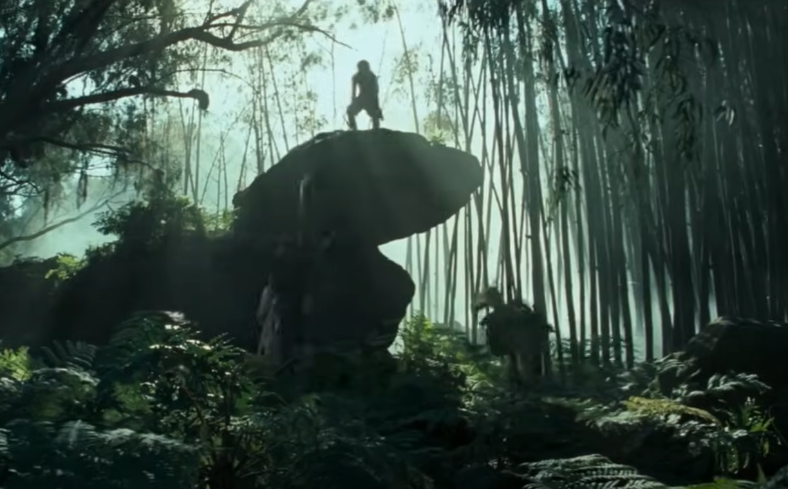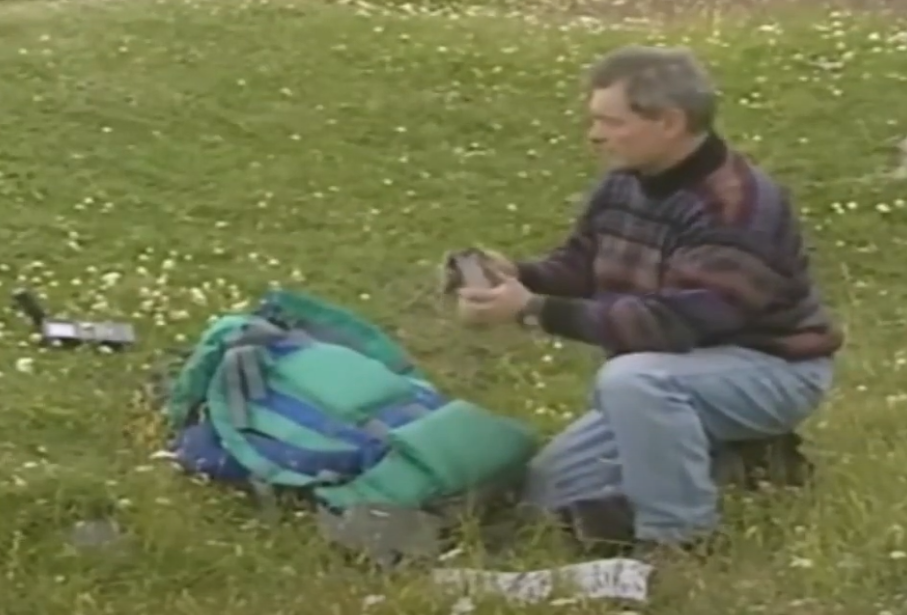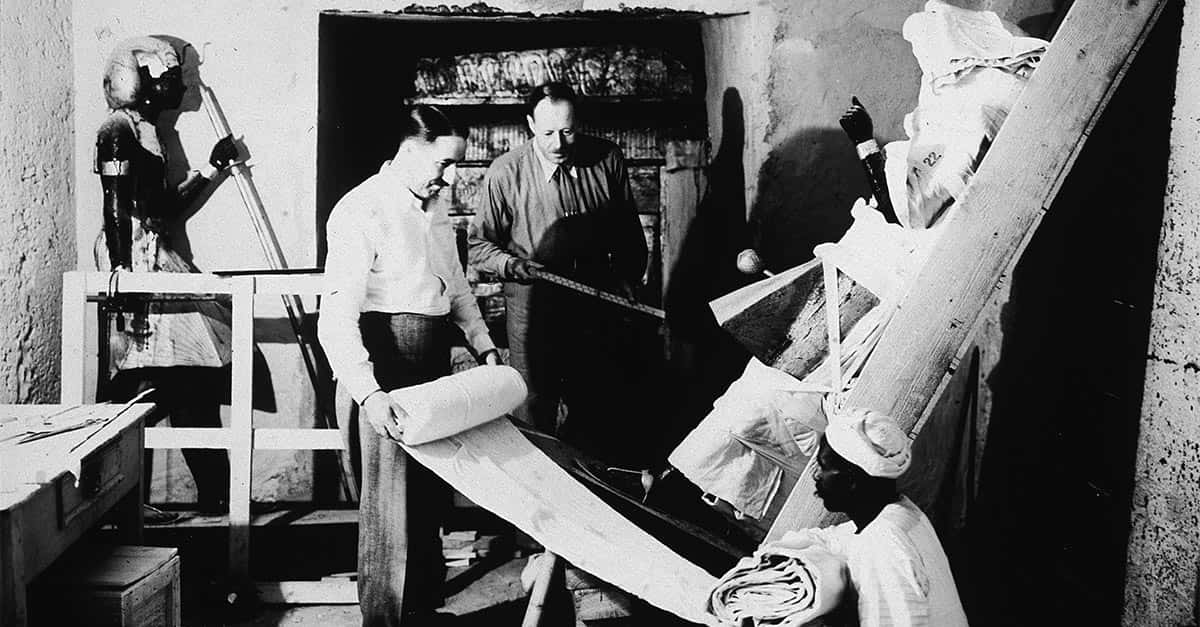The Accidental Discovery
On July 28, 1996, two college students stumbled upon a skull while watching a hydroplane race near Kennewick, Washington. They handed the skull over to a police officer, who initially believed it to be a modern case. However, further examination revealed the skull belonged to an ancient individual.
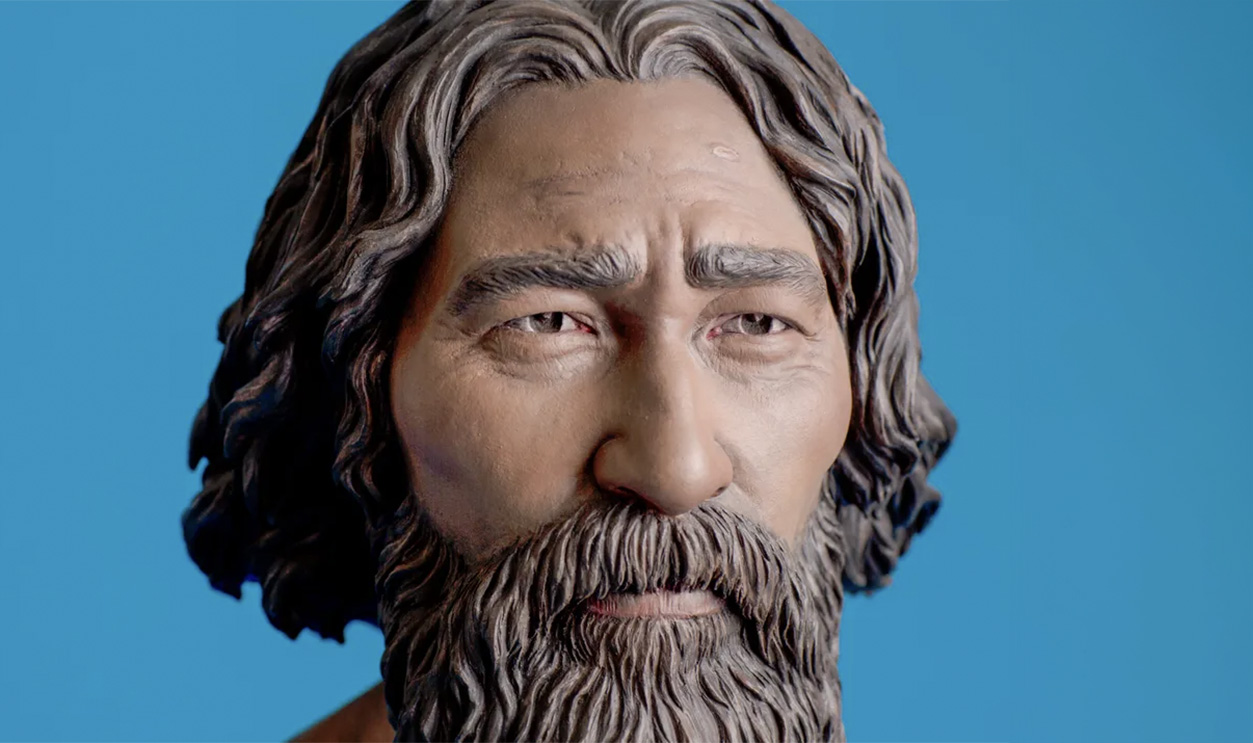
One Of The Oldest Skeletons In The Americas
Radiocarbon dating determined that Kennewick Man lived between 8,400 and 8,690 years ago. This made him one of the most complete and well-preserved ancient skeletons ever found in North America.
The Legal Battle Begins
The discovery sparked a 20-year legal battle involving scientists, Native American tribes, and the US government. The land where Kennewick Man was found was under the jurisdiction of the US Army Corps of Engineers. This complicated the question of ownership and study rights.
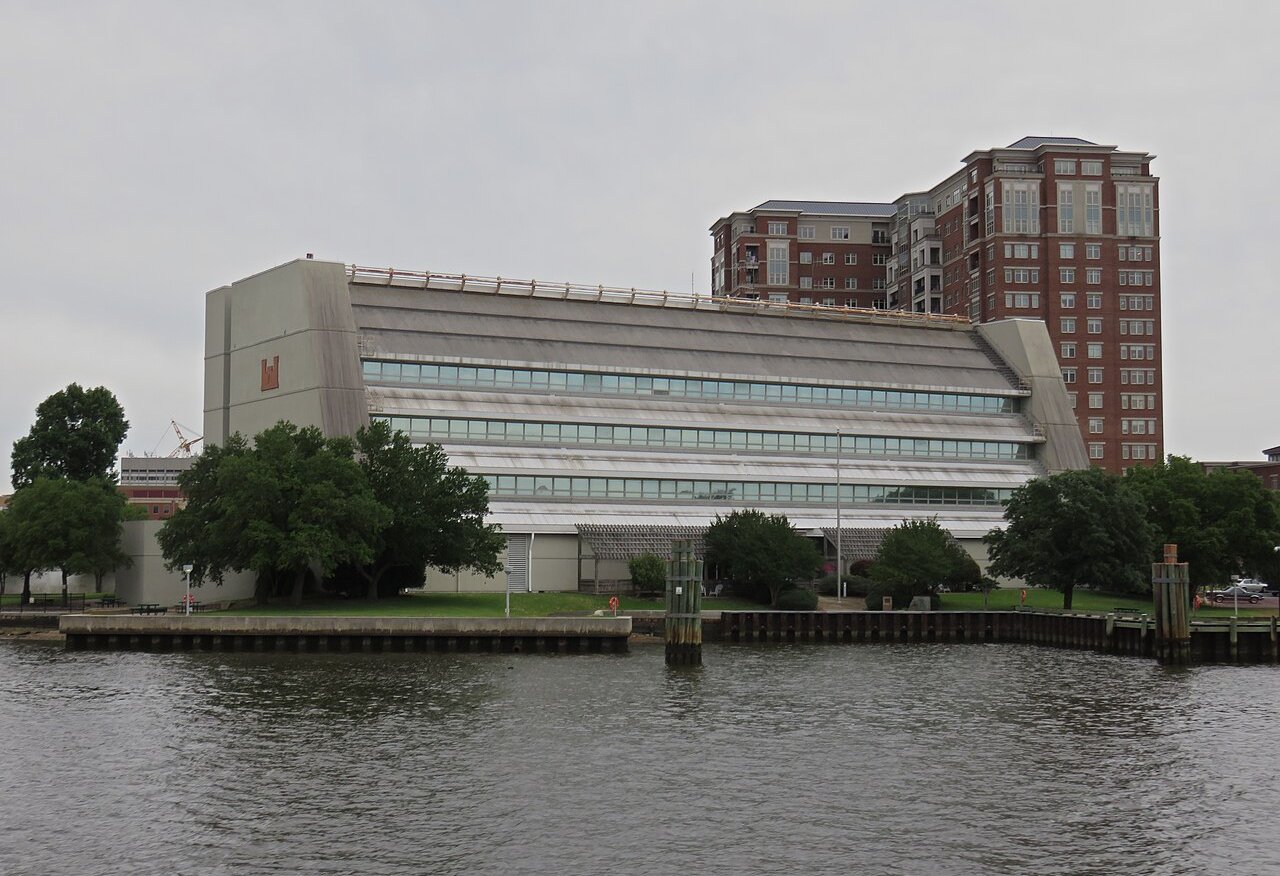 Antony-22, CC BY-SA 4.0, Wikimedia Commons
Antony-22, CC BY-SA 4.0, Wikimedia Commons
The Native American Claim
Several Native American tribes in the Columbia River Basin claimed Kennewick Man as their ancestor. Under the Native American Graves Protection and Repatriation Act (NAGPRA), they requested his remains for reburial. They referred to him as the "Ancient One”.
Scientists Fight For Research Access
Some scientists argued that Kennewick Man was not closely related to modern Native Americans. They believed his skeletal features suggested ties to Polynesians or Southeast Asians. This claim became central to the debate over whether NAGPRA applied.
A Skull Like No Other
Kennewick Man’s skull had features unlike most modern Native Americans. Early analysis suggested similarities to the Ainu of Japan and Polynesian populations. However, later studies cast doubt on these findings.
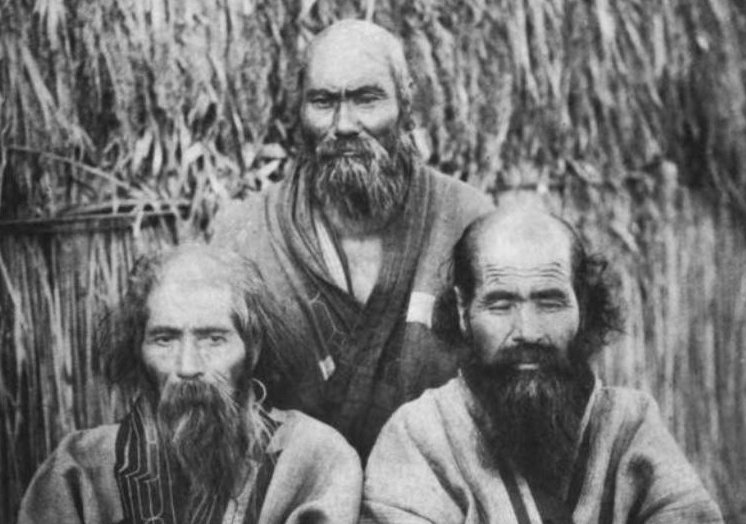 Emiko Ohnuki-Tierney, CC BY-SA 4.0, Wikimedia Commons
Emiko Ohnuki-Tierney, CC BY-SA 4.0, Wikimedia Commons
A Nearly Complete Skeleton
Unlike most ancient human remains, Kennewick Man was nearly complete. Archaeologists recovered 350 bones and fragments, missing only a few hand and foot bones. His teeth were intact, offering clues about his diet and lifestyle.
A Life Of Hardship
Kennewick Man’s skeleton showed signs of a physically demanding life. He had arthritis in his knees, elbow, and spine, though it was not severe enough to be crippling. His bones also displayed multiple healed injuries.
A Warrior’s Wound
One of the most striking discoveries was a stone spear tip embedded in his hip bone. The wound had healed over time, meaning he survived the injury. The spear point was identified as a Cascade point, a style used between 12,000 and 7,500 years ago.
A Life On The Water
Isotope analysis of Kennewick Man’s bones revealed a marine-heavy diet. Scientists believe he relied on fish and marine mammals for sustenance. The water he drank likely came from glacial melt, indicating a highly mobile lifestyle.
Right-Handed And Strong
Kennewick Man’s right arm bones were noticeably larger than his left. This suggested he was right-handed and spent much of his life using tools or hunting with a spear. His arm bones also had a slight curve, possibly from repetitive stress.
Early DNA Analysis Was Inconclusive
In the late 1990s, scientists attempted to extract ancient DNA from Kennewick Man. However, early DNA technology was too limited to provide clear results.
Controversial Facial Reconstruction
Forensic experts created a facial reconstruction of Kennewick Man based on his skull. The reconstruction looked European, which fueled white supremacist claims. However, these assumptions were later debunked by genetic analysis.
White Supremacist Groups Intervene
Some extremist groups used Kennewick Man to argue that Europeans arrived in North America before Native Americans. These claims were based on faulty science and misinterpretation of the term "Caucasoid”. The scientific community dismissed these arguments.
A Long Legal Battle
In 1996, the US Army Corps of Engineers attempted to repatriate the remains to Native American tribes. However, a group of scientists sued for the right to study the skeleton. The case went through years of legal proceedings.
The Court Ruling
In 2002, a federal court ruled in favor of the scientists, granting them access to study Kennewick Man. The decision was based on the claim that Kennewick Man was not definitively linked to modern Native Americans. This ruling outraged Indigenous groups.
Advances In DNA Testing
By 2015, DNA sequencing technology had advanced significantly. Scientists at the University of Copenhagen successfully sequenced Kennewick Man’s genome. The results finally settled the debate over his ancestry.
 MrBprints, CC BY-SA 4.0, Wikimedia Commons
MrBprints, CC BY-SA 4.0, Wikimedia Commons
The Final Answer
The genetic analysis showed that Kennewick Man’s DNA was closely related to modern Native Americans. Specifically, he was linked to tribes in the Pacific Northwest, including the Colville Confederated Tribes.
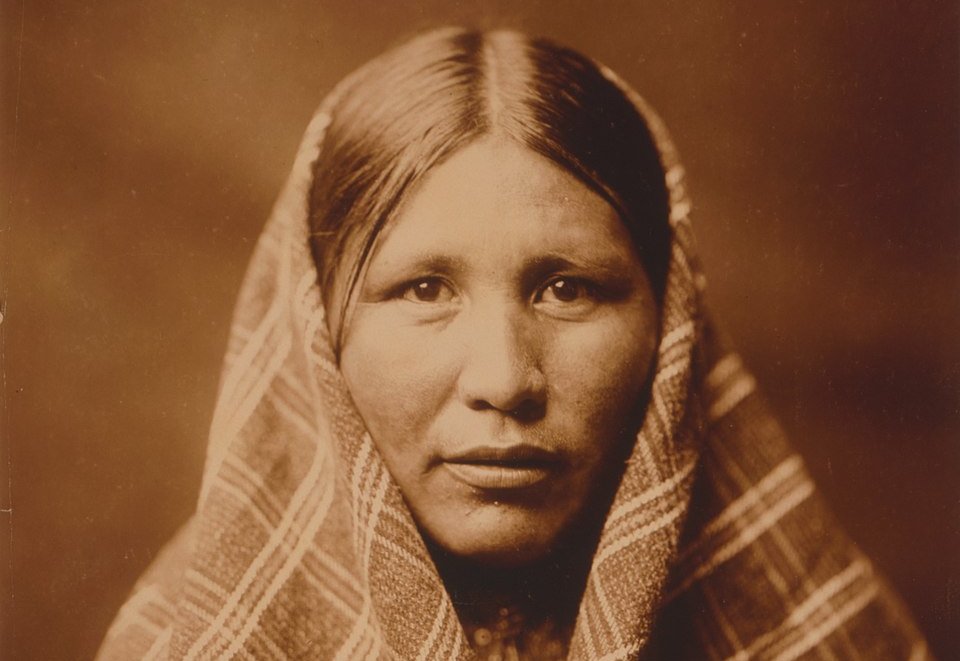 Edward S. Curtis, Wikimedia Commons
Edward S. Curtis, Wikimedia Commons
The End Of A Debate
The DNA findings contradicted previous claims that Kennewick Man was more closely related to Polynesians or Europeans. This discovery helped disprove the "Paleoamerican" theory, which suggested early Americans were of non-Native origins.
 Unknown Author, Wikimedia Commons
Unknown Author, Wikimedia Commons
The Push For Repatriation
With conclusive DNA evidence, Native American tribes renewed their demand for reburial. They argued that Kennewick Man was one of their ancestors and deserved a proper burial under tribal traditions.
Congress Steps In
In September 2016, the US House and Senate passed legislation to return Kennewick Man’s remains. This law overturned previous legal rulings and granted custody to Native American tribes.
The Final Resting Place
On February 18, 2017, Kennewick Man was ceremoniously buried in an undisclosed location. Over 200 members from five Columbia Basin tribes attended the burial. The location was kept secret to prevent future disturbances.
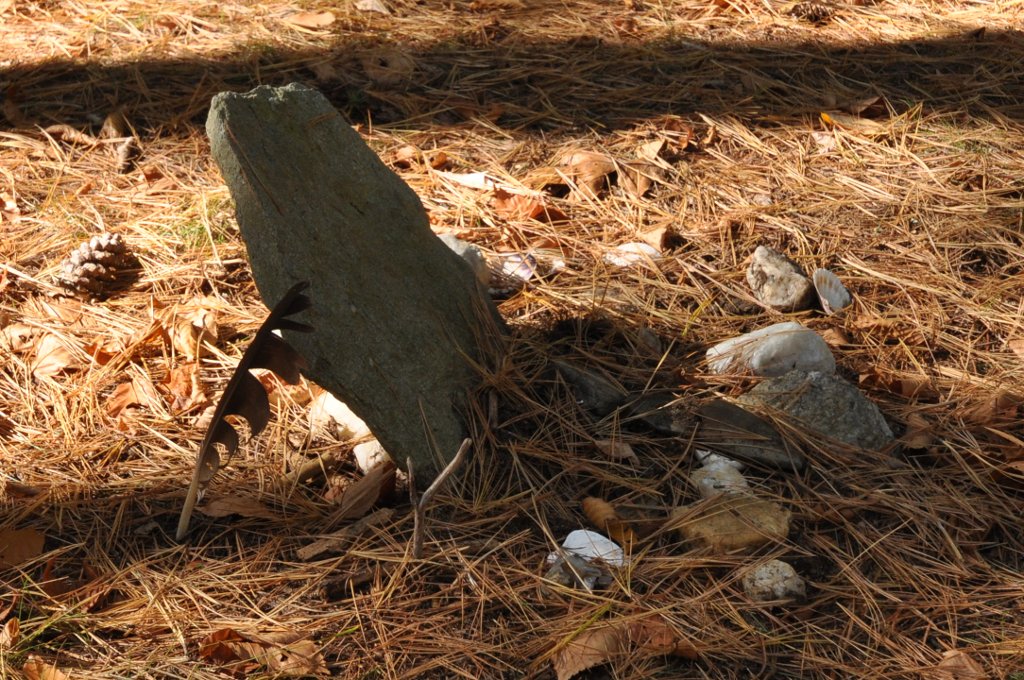 Magicpiano, CC BY-SA 4.0, Wikimedia Commons
Magicpiano, CC BY-SA 4.0, Wikimedia Commons
The Importance Of The Discovery
Kennewick Man’s remains provided critical insights into early human migration in North America. His DNA helped confirm the ancestral connection between ancient and modern Native Americans.
The Downfall Of The “Paleoamerican” Theory
For years, some scientists argued that the first Americans were not related to modern Native tribes. Kennewick Man’s DNA results disproved these claims, reinforcing that Native Americans are descendants of the first inhabitants.
Ethical Questions In Science
The battle over Kennewick Man highlighted the ethical issues surrounding the study of ancient human remains. It raised important questions about who has the right to control ancestral remains.
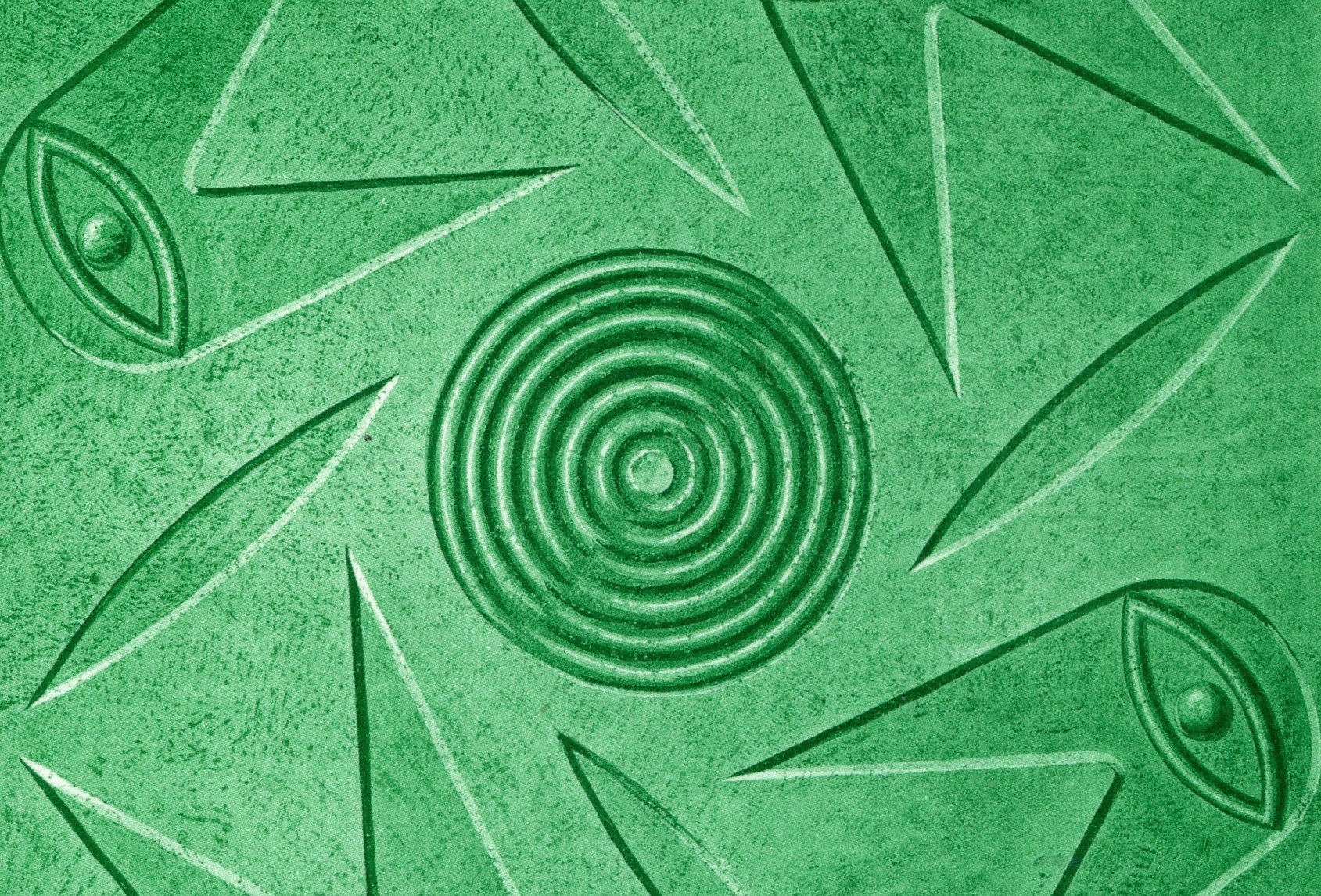 Clarence Bloomfield Moore, Wikimedia Commons
Clarence Bloomfield Moore, Wikimedia Commons
Changing Scientific Perspectives
Modern science has shifted away from solely using skull measurements to determine ancestry. DNA evidence has become the gold standard, providing more accurate and reliable results.
A Lesson In Collaboration
The Kennewick Man case showed the need for collaboration between scientists and Indigenous communities. Today, many archaeologists work alongside Native tribes to ensure ethical research.
The Role Of The Burke Museum
For years, Kennewick Man’s remains were stored at the Burke Museum in Seattle. The museum acted as a neutral repository while legal battles continued. The remains were never publicly displayed.
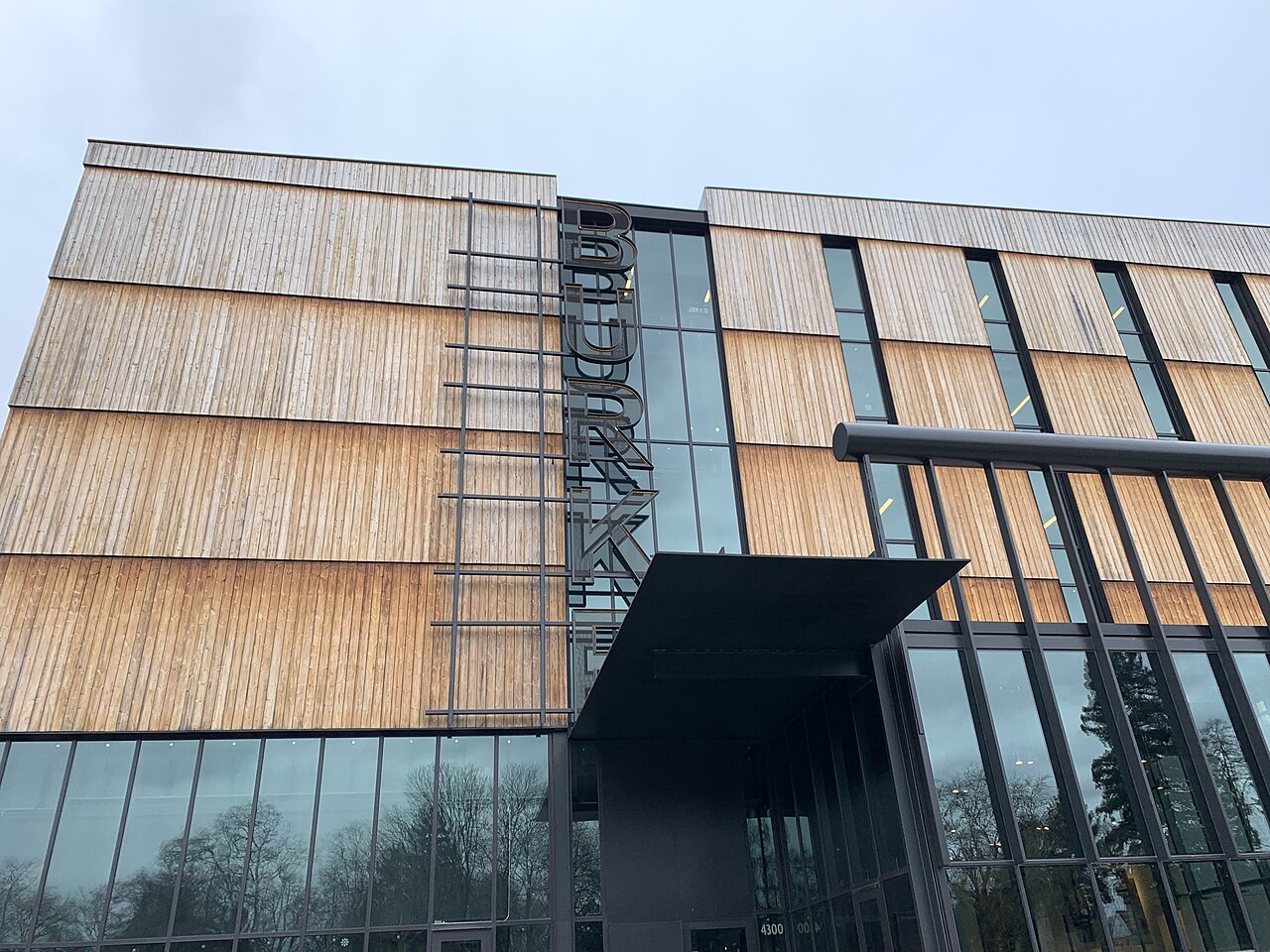 Tanis Coralee Leonhardi, CC BY-SA 4.0, Wikimedia Commons
Tanis Coralee Leonhardi, CC BY-SA 4.0, Wikimedia Commons
The Impact On Future Research
Kennewick Man’s discovery influenced how scientists approach ancient remains. It set a precedent for the importance of Indigenous perspectives in archaeological studies.
What We Still Don’t Know
While much has been learned about Kennewick Man, some mysteries remain. Scientists are still unsure about the exact circumstances of his death or how far he traveled during his lifetime.
The Future Of Ancient DNA Research
The study of Kennewick Man has paved the way for future ancient DNA studies. Researchers continue to refine techniques to better understand early human migration and history.
A Controversial But Important Case
Few archaeological finds have sparked as much controversy as Kennewick Man. His story remains a powerful example of the intersection between science, law, and Indigenous rights.
A Turning Point In Archaeology
The Kennewick Man discovery challenged long-held theories about the people of the Americas. His remains forced scientists to re-examine migration patterns and the diversity of early North American inhabitants. It became one of the most debated cases in modern archaeology.
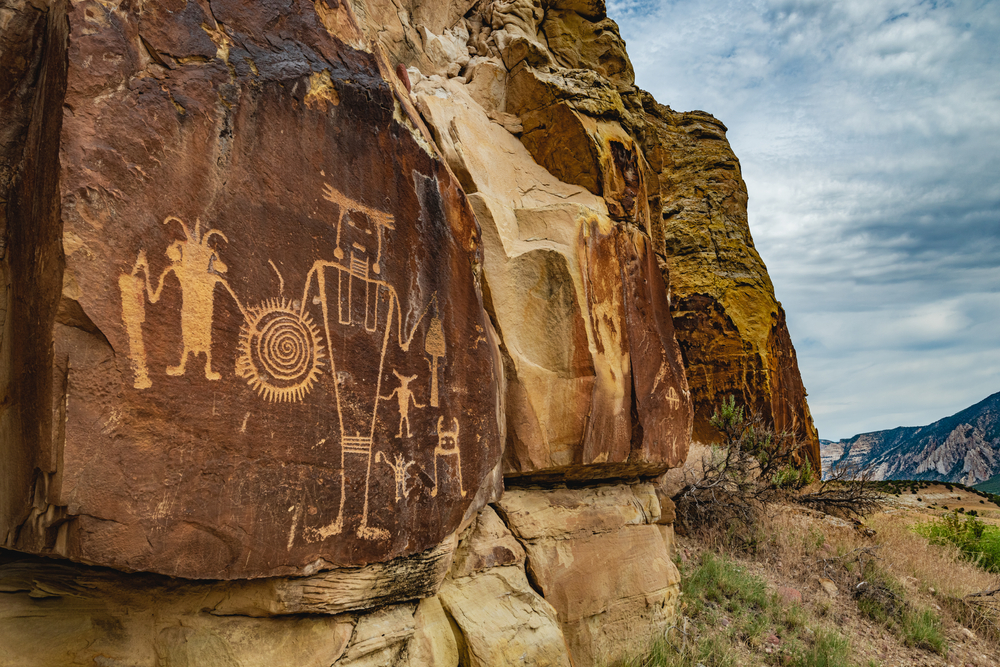 Abbie Warnock-Matthews, Shutterstock
Abbie Warnock-Matthews, Shutterstock
The Oldest Projectile Injury In North America
The embedded spear tip in Kennewick Man’s hip is one of the oldest known projectile injuries ever found in North America. The wound had fully healed, meaning he survived the attack. This suggests that early humans engaged in violent conflicts or suffered hunting accidents.
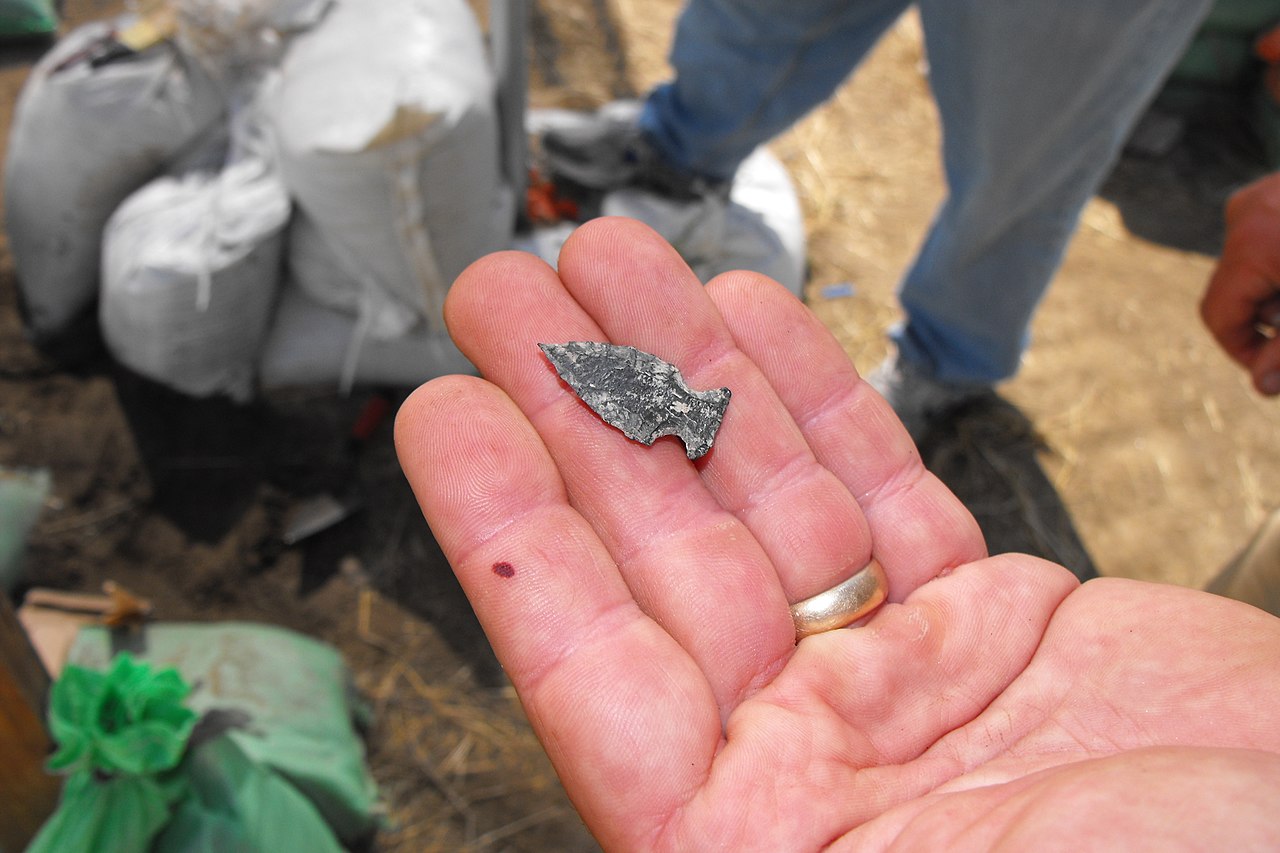 Bureau of Land Management, Wikimedia Commons
Bureau of Land Management, Wikimedia Commons
The Mystery Of His Travels
Based on isotopic analysis, scientists believe Kennewick Man traveled great distances in his lifetime. The water and food he consumed indicate a possible origin far from Washington State.
Skeletal Evidence Of A Rugged Life
Kennewick Man’s healed fractures, arthritis, and strong bones show that he lived a physically demanding life. His body suggests he was a skilled hunter, fisher, or warrior.
The Importance Of Oral Histories
Despite early claims that Kennewick Man was not Native American, local tribes insisted that he was one of their ancestors. Their oral traditions spoke of an ancient connection to the land that predated scientific findings. In the end, science confirmed what Indigenous knowledge had maintained all along.
The Role Of Technology In The Case
Kennewick Man’s story spanned two decades, during which scientific technology rapidly advanced. Early DNA extraction methods failed, but by 2015, next-generation sequencing provided definitive answers.
 Kermanshahi1398, CC0, Wikimedia Commons
Kermanshahi1398, CC0, Wikimedia Commons
Lessons From Kennewick Man
Kennewick Man’s discovery sparked critical discussions about archaeology, ethics, and Indigenous rights. Today, many researchers work in partnership with tribes to ensure respectful and ethical studies.
A Legacy That Lives On
Kennewick Man’s final burial marked the end of a decades-long dispute. However, his discovery continues to shape discussions about history, science, and cultural identity.
You May Also Like:
Discovering A 4,100-Old Tomb Where Science Met Magic
The Most Incredible Archaeological Discoveries Of The Last 25 Years
Archaeologists Have Just Found An Egyptian Tomb That Rivals King Tut
Sources: 1


